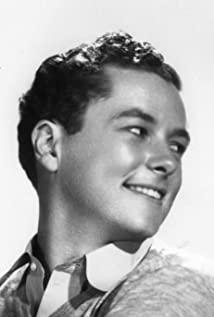1. In 1939, "Flying Over Mount Guan" marked the beginning of a full-scale prosperity of westerns and the establishment of "classic westerns". The film was nominated for five Oscars in 1940 and won two awards for Best Supporting Actor and Best Score. Western is one of the oldest styles in American cinema, that is, a film based on the background of the American West and the development of the Wild West by Americans in the second half of the last century. It has a concise heroic story and strong visual appeal. It is the type of film that can best reflect the American national character and spiritual inclination.
2. Ford's status is special because he has influenced many contemporary legendary master directors. "The violence I show is only for a moment, and I often express violence in a suggestive way." For example, in the scene where Kid fights with his father's nemesis at the end of "Guanshan Feidu", the director did not use the camera to directly focus on the killing scene, but It was accompanied by several gunshots, and the panic and mourning Dallas appeared on the screen. John Ford only moves the camera when the actor is moving, a trick that hides the camera movement and makes it more fluid. Most of the time, Ford uses fixed and long-range shots. The actors move in it, like a carefully choreographed dance, and never block each other, ensuring that the audience can quickly capture the characteristics of each character. The classic chase scene is gripping, with the camera constantly switching between the long shot and the interior of the car, the surprise attack of the enemy adds to the tension of the film, and the respective reaction shots of the protagonists are reconciled, and it is easy to completely immerse the audience in it. The most special thing about his characters on a play level is that they are all kind and they believe in the right thing. Even the villain is likely to get the sympathy of the audience, whether it is a prison escape like Kid or a alcoholic doctor Doc, who have the same kindness and bravery.
3. The simple storyline creates a binary opposition between white people and immigrants. Law enforcement officers always eliminate violence and peace, and the ending is basically the annihilation of all enemies. Prostitutes, doctors, prison breakers, and police all play heroic roles here. They represent the heroic spirit of hard work, perseverance, righteousness, and hoeing and helping the weak advocated by the American people. One thing these characters have in common is that they are all white, as if they have been shaped as symbols of civilization, while other races have become representatives of barbarism, which of course reflects Hollywood's white-centrism concept.
View more about Stagecoach reviews











